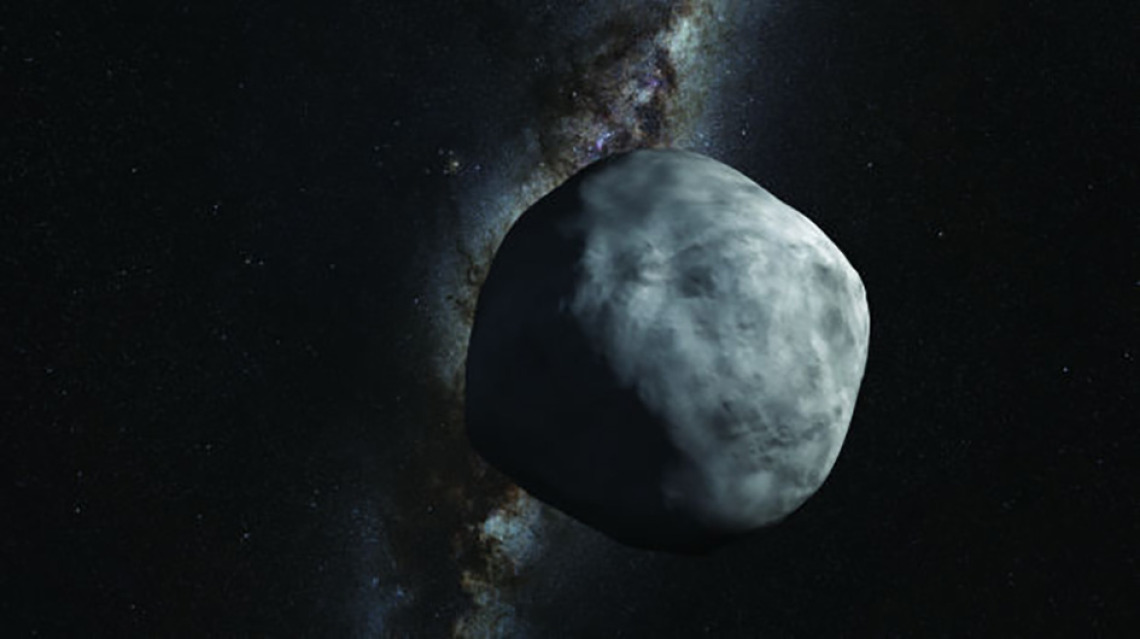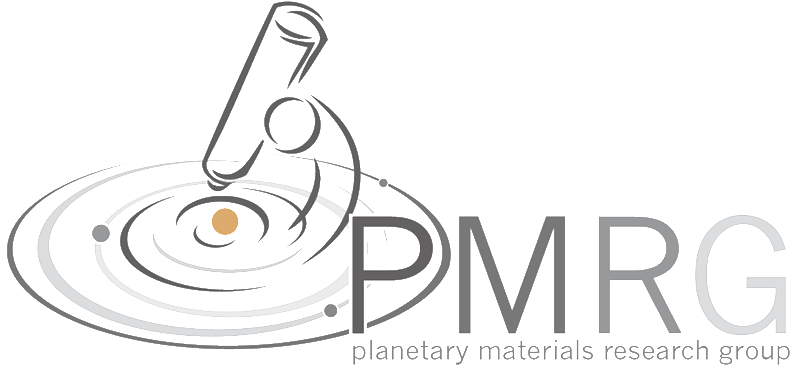Asteroid (or a sample from one) headed our way

As planetary scientists at the University of Arizona await the September launch of the OSIRIS-REx spacecraft, some members of the team are already preparing for the return of a sample from the asteroid Bennu seven years from now.
The UA’s Lunar and Planetary Lab is remodeling its basement to accommodate an expanded analytical laboratory, and scientists are crafting careers around the promise of analyzing 60 grams or more of stardust from the UA-led NASA mission.
If all goes well, OSIRIS-REx will return a pristine sample of granules from a carbonaceous, near-Earth asteroid named Bennu in 2023.
If you divide the $1 billion cost of the mission by the minimum weight of the sample returned, it works out to a half-billion dollars an ounce.
“I think, arguably, it is more precious than that,” said Thomas Zega, who will head up the new analytical center. “Just think about the years of work that go into a mission like this to bring back literally a few grams of material.”
The analytical center, with high-tech microscopes that can image samples down to the molecular and atomic level, is designed to “extract as much information as possible from the smallest possible sample,” Zega said.
RESEARCH OPPORTUNITIES
The infrastructure for the new campuswide center requires well-trained scientists as well as high-tech instruments.
Michelle Thompson, who recently earned her doctoral degree from the UA department of planetary sciences with analysis of moon rocks and comet dust, wants to be one of them.
Thompson will do her postdoctoral research at Johnson Space Center, the repository and analytical center for samples returned from all NASA missions, including 842 pounds of moon rocks from the Apollo missions.
She’ll spend the next few years there, honing her analytical skills. She said she has already told Dante Lauretta, who heads the OSIRIS-REx mission, that she plans to come back.
“I’ll be hitting midpeak-career when the samples return,” she said.
Thompson, a Canadian who earned her undergraduate degrees in geological engineering and biology at Queen’s University in Kingston, Ontario, set her sights above the terrestrial after one of her professors presented a lecture on research being done at the Canadian Space Agency.
“I just asked myself, ‘Why would I bother with Earth rocks when I could do space rocks?’”
It became a consideration when she applied to graduate school and one of the offers came from the Lunar and Planetary Lab. She accepted it partly because the lab’s proposal for OSIRiS-REx was one of three finalists for a NASA New Frontiers mission. She guessed right.
LAB TO BECOME “CORE” FACILITY
For the past few years, working under Zega, an assistant professor at the UA lab and an OSIRIS-REx science team member, she has analyzed a sprinkling of dirt gathered from the moon by Apollo astronauts and three grains of comet dust collected in a Japanese Aerospace Exploration Agency mission to the asteroid Itokawa.
The samples are very different from anything found on Earth, where the primary weathering comes from water. These rocks are from an airless environment, where they are subjected to radiation from solar winds.
“It’s a totally different ballgame,” she said.
Earth rocks and space rocks with identical composition have totally different optical properties. Seeing those differences requires sophisticated techniques for preparing samples and high-tech imaging capability. Thompson used the microscopes in Zega’s lab and elsewhere on the UA campus. For even closer looks, at the molecular and atomic level, she took her samples to the John M. Cowley Center for High Resolution Electron Microscopy at Arizona State University.
Soon, the Lunar and Planetary Lab will have the ability to do its own nanoscale imaging. Zega is spending his time poring over blueprints rather than space rocks, as the lab converts the sub-basement of the Gerard P. Kuiper Space Sciences Building into a high-tech microscopy lab.
Tom Swindle, director of the LPL, said the facility is not simply for his department or the OSIRIS-REx sample mission.
“When we hired Tom (Zega), the university wanted to get better at this next generation of analytical abilities. Now, we’ve got the money to buy the toys, and the university is putting up the money to make the space work for it.”
It will be a “core” facility, available to researchers from across campus who work “at nanoscale,” Swindle said.
FUTURE SCIENTISTS WILL BENEFIT
Zega, an assistant professor of cosmochemistry, honed his skills on high-tech analytical instruments while working for a chemical company after earning an undergraduate degree in geochemistry. He chose his graduate program in geochemistry and cosmochemistry at ASU to dovetail with his interest in astronomy and space science.
The sample from OSIRIS-REx may seem small, he said, but a little goes a long way when you are working at nanoscale.
“So you need people with experience in dealing with fine-grained, delicate materials and extracting as much information as possible from the smallest sample.”
You also need to set aside a big chunk of sample for future researchers who will have even better tools, Zega said.
Dante Lauretta, who heads up the mission for the UA, said most of the sample will be set aside for future researchers.
The OSIRIS-REx science team will receive 25 percent of the sample. Most will be archived for future research by NASA, with some going to mission partners — 4 percent to the Canadian Space Agency and 0.5 percent to the Japanese Aerospace Exploration Agency in trade for a sample from its upcoming asteroid mission.
Lauretta, Swindle and Zega have spent their careers analyzing space rocks, usually meteors collected on Earth, with the occasional opportunity to do research on moon rocks.
Recently though, the field has expanded its reach with relatively inexpensive sample-return missions to comets and asteroids.
“There are a lot of people talking about sample returns in the next 10 to 20 years,” said Swindle. “We are preparing for OSIRIS-REx samples that won’t be here for seven years, but we are also preparing for more than that. This is what we need to be doing in the next generation.”


